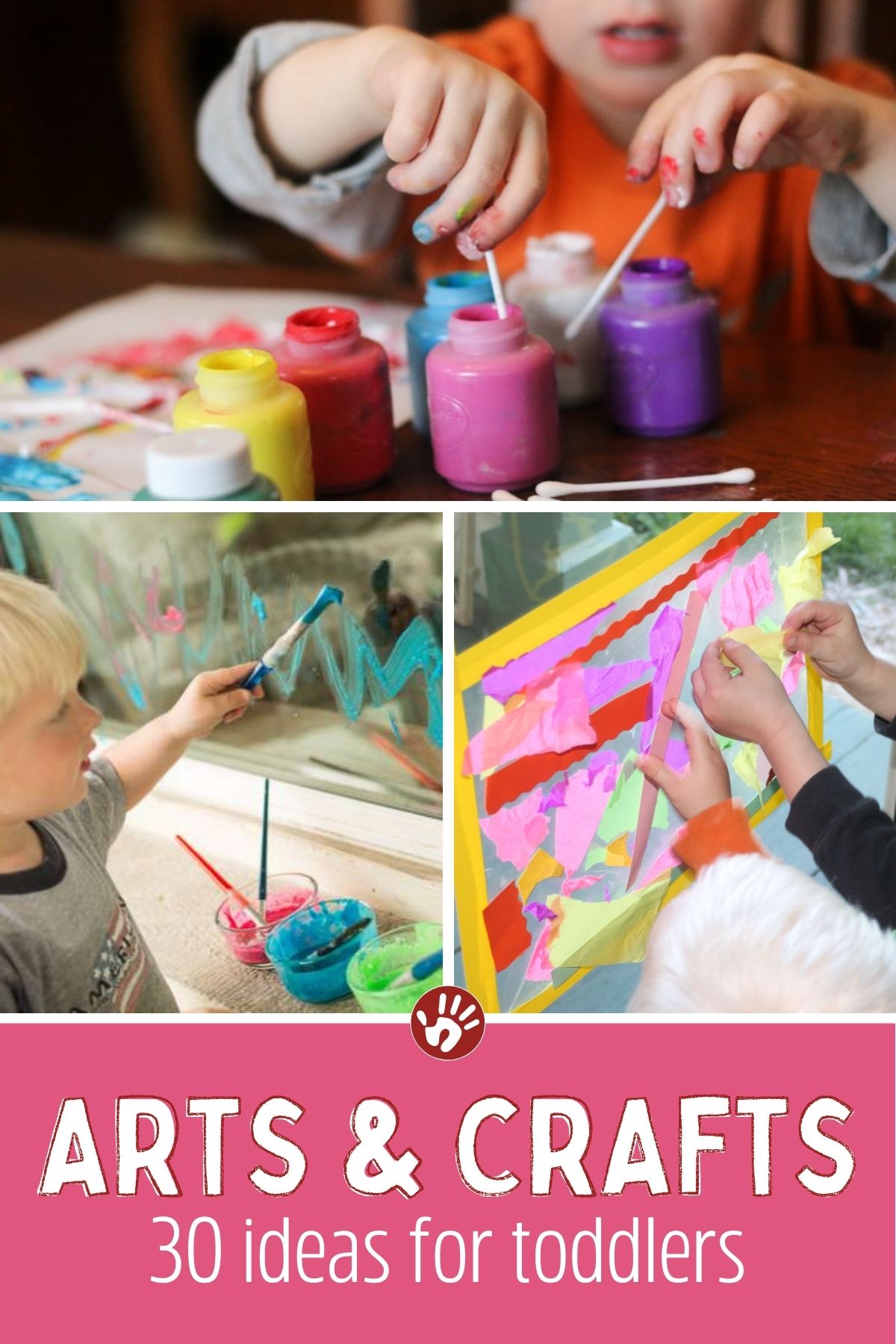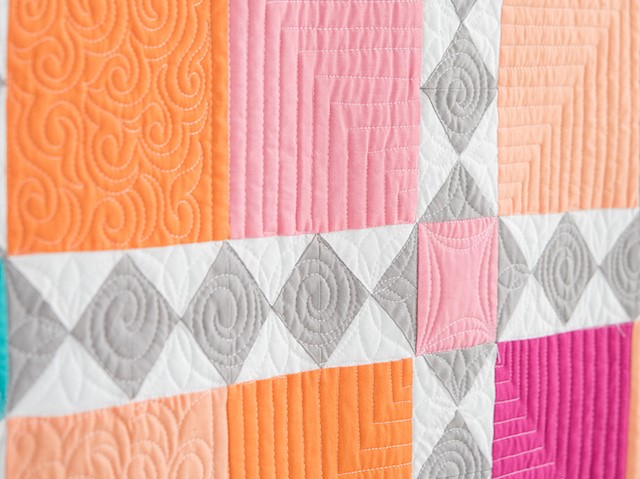
You need to create a crafting space that is comfortable and inviting. You should consider vertical space. Vertical space can increase creativity and productivity. As you plan a craft area, consider the following tips:
Create a moody atmosphere in your craft room by decorating it
If you are a creative person, you can use your craft room as a place to express yourself. Although it is important to have a well-planned work space, it is also important that you add the right aesthetic touches. A craft area with lots of natural sunlight and built-in storage can be a great place to encourage creativity. You should also have a place to sit down and relax in. You can also add a statement lighting fixture or a dramatic rug to create a more elegant look. You can use different colors, textures, and styles to convey the right ambiance for your creative process.

There are many ways to design a craft room to suit your tastes, no matter if you want it to be cozy and feminine or more industrial. Art Deco adds a timeless touch to your workspace. Art Deco is a bold look that uses bold colors and imagery. It's a great option for crafters. It is possible to incorporate antiques and patterned boxes as well as folders in your craft area while keeping it stylish.
Include certain elements for maximum inspiration and productivity
You will need a plan before you can start designing your craft room. Knowing which areas of your room are most used is helpful. A place for supplies storage will make your workspace easier. The crafting area should also be in close proximity to natural or artificial light. You should consider many factors when designing a craft space.
One of the most important things when designing a craft room is to consider its storage space. A storage cart is a great way to accomplish both ends of the spectrum. These carts are easy to move from one room to the next. A storage cart designed for crafting supplies should have tiers that allow for easy organization. Look for shelving with labeled tiers to make the space easier to organize.
Vertical space can be made to your advantage
It is essential to make use of vertical space in your craft room design. To display your items, make sure you use clear cabinets with glass inserts and open shelving. Opaque cabinets look more appealing and keep your room organized. To organize craft supplies, you can use a pegboard (or slatwall). A rolling cart can be used to organize all your supplies. Make sure you leave enough room for the cart to be parked. To store your materials, you can also use file drawers.

If you're not using your craft room as a workspace, consider hanging hooks, shelves, or cabinets to provide more space and access to materials. A magnetic board is another great way to display craft supplies. Make sure to label everything you store on these walls. This will help prevent unused items from ending up on the floor. You could also use the wall space to create doodles and other creative ideas.
FAQ
What's a hobby for children?
For kids, a hobby can be any activity that they are interested in doing as part of their everyday routine. You might find them interested in drawing, building things, painting, writing stories, playing with toys, listening to music, reading books, watching TV, and playing computer games. They may also like to play soccer, football, basketball, cricket, rugby, baseball, and hockey.
Many parents are concerned that their children may get into trouble if allowed to do as they please. It is not true. Your child won't get in trouble if they are safe and don't do any harm to anyone.
It is important that people remember that simply because they love doing something does not mean they will always do it. If they dislike writing but enjoy drawing pictures, they might opt to draw pictures.
There are many hobbies available, so you can choose the one you like best.
What is the cost of a hobby?
Time is all that's required to make a hobby a success. But it could take years to achieve what you want if you are serious about it.
But there is one thing you can do to help yourself. It's called passion'. Passion will help you put in the effort to succeed.
You may become addicted to the activity once you have put in enough hours. This is where the real fun begins. Because you now enjoy what you do and are improving your skills every day. By the end of the year you'll have probably made a lot of progress.
Don't fret about how long this takes. Give it a shot. You may be surprised!
How can I find a hobby for myself?
When you first start your journey into finding a hobby, you may feel like you've got nothing to choose from.
You're likely thinking, "I can't be very artistic" or "I have no idea what I'm doing."
The truth is that you likely already have a lot experience in your chosen hobby.
It's just not something you're aware of.
Take a good look at what you have in your house. Do you have a lot of stuff?
Are there any toys that you don't use anymore?
Perhaps you have a collection.
Maybe you've always wanted to learn how to cook.
Maybe you want to get back into playing the guitar.
Whatever it is you're interested in, you can make it a hobby.
The secret is to remember that you already have plenty to draw on.
And once you do, you'll be able to pick out a hobby that fits right into your lifestyle.
What are observation hobbies?
Observation hobbies involve watching people do the things they love. This could be watching sports, reading books or going on holiday. It could also include observing others.
Observation hobbies are great because they help you learn how to think creatively. This knowledge will be useful later in your work for others and yourself.
You'll discover that it's easier to learn if there's a passion for something.
For example, if you want to know more about football, you may watch a game or read a book about it. If you want to learn more about photography, you could take or visit exhibitions.
If you love to play music, there are two options: either buy a new guitar online or follow along with the songs.
You could also choose to cook at home or go to restaurants if you are a good cook.
If you like gardening, you could grow vegetables or flowers.
You can take a dance class, or just go out with your friends if dancing interests you.
If you love painting, you can paint pictures.
You could also write poems or stories if you enjoy writing.
Drawing pictures is a great hobby.
You could work as a caretaker or keeper at a zoo if you are passionate about animals.
If science interests you, you can study biology, chemistry or physics.
You can read books, listen to podcasts, or watch films if history interests you.
If you enjoy travelling, you might consider exploring your local area or traveling abroad.
Statistics
- This 100% accurate personality-analyzing hobby quiz discovers your passion based on your characteristics. (quizexpo.com)
- I am 100% biologically a woman (discover.hubpages.com)
- Much of this decline reflects the fact that teens are less likely to work today than in the past; among employed teens, the amount of time spent working is not much different now than it was around 2005. (pewresearch.org)
- A new survey by Pew Research Center of teens ages 13 to 17 finds that 36% of girls feel tense or nervous about their day every day; 23% of boys say the same. (pewresearch.org)
- The Role of the Mind in Sex, Dating, and Love: Men in the “humor” condition received phone numbers from 42.9% of the female participants and were refused 57.1% of the time. (time.com)
External Links
How To
How to Start Gardening
Gardening is one the oldest forms. It takes patience, persistence, determination, and perseverance. First, choose a place where you would like to grow food. You can choose to have a large area or a small one in your backyard. Next, decide what type of plants you want to grow. Do you prefer vegetables, or flowers? Some people love to grow herbs, while others enjoy raising animals like rabbits. Before you decide what crops to plant, you should think about how much space is available. If you live in a climate that experiences cold winters, then you might decide to grow fruits or berries as they do well in colder climates.
Once you have chosen what you will be planting, you must take some time to prepare your soil. It is vital that your soil is prepared properly to determine whether or not your plants will thrive. Organic matter is essential for the health and well-being of your plants. Organic matter can include leaves, twigs and grass clippings as well as manure and compost. Once your soil is prepared, it's time to add nutrients. The type of plant you intend to grow will dictate the amount of nutrients you need. An online fertilizer calculator can help you calculate these values. Many fertilizers are available, so make sure you know what you are buying.
After you have prepared the soil and added nutrients, it is time to wait for your seeds germination. This process usually takes anywhere from 2 weeks to 3 months, depending on the weather and the temperature in your area. After seeds have sprouted, water them every day. Too much or too little water can cause problems. Avoid overwatering your plants. Overwatering could lead to root rot as well as fungal diseases. Consider that plants generally need less water in the warmer months than they do in winter. Remember that some plants require drying out after being watered. Tomatoes for instance need to remain slightly moist, but not wet. They won't tolerate soggy soil. After the plants have finished flowering they must go dormant. The time when plants stop producing new life and store energy for the next season is called dormancy. Dormancy occurs when the plant stops sending signals that tell its roots to produce food. The plant continues to store energy during this time. However, if the temperatures drop below freezing and there isn't enough sunlight, the plant will go to sleep.
If you live in an urban environment, you may find yourself limited in the kinds of plants that you can grow. Concrete sidewalks, roads and buildings are common in urban areas. They block sunlight from reaching the ground. Concrete absorbs sunlight and blocks the soil below from receiving adequate sun exposure. Many plants can't thrive in urban environments because they lack sunlight. Many plants can still thrive in urban settings. Many trees, shrubs, and perennials can adapt to city living. Many annuals can also grow indoors in pots. Container gardens can be used to grow greenery indoors year-round, no matter what the weather outside.
You are now ready for planting!